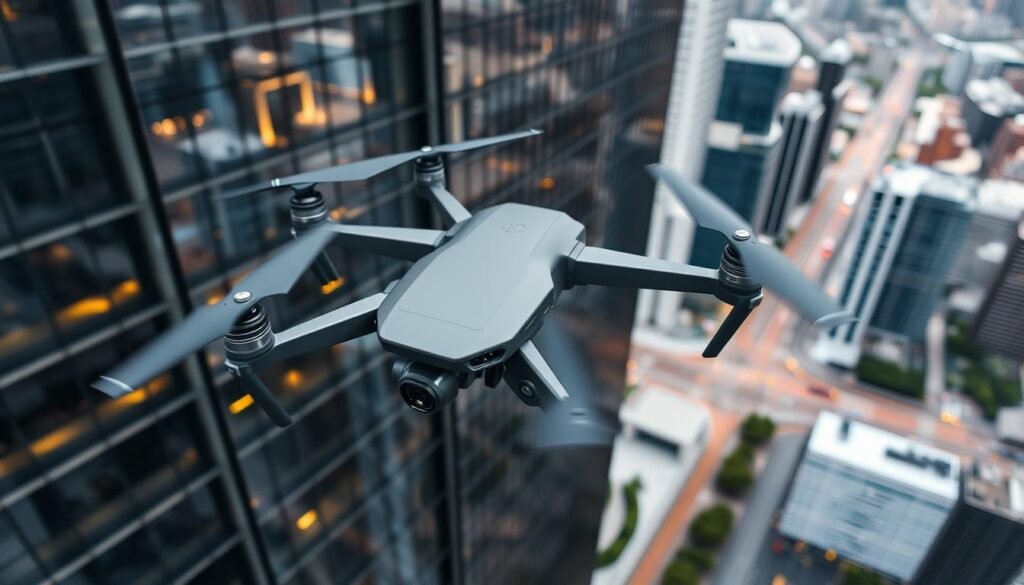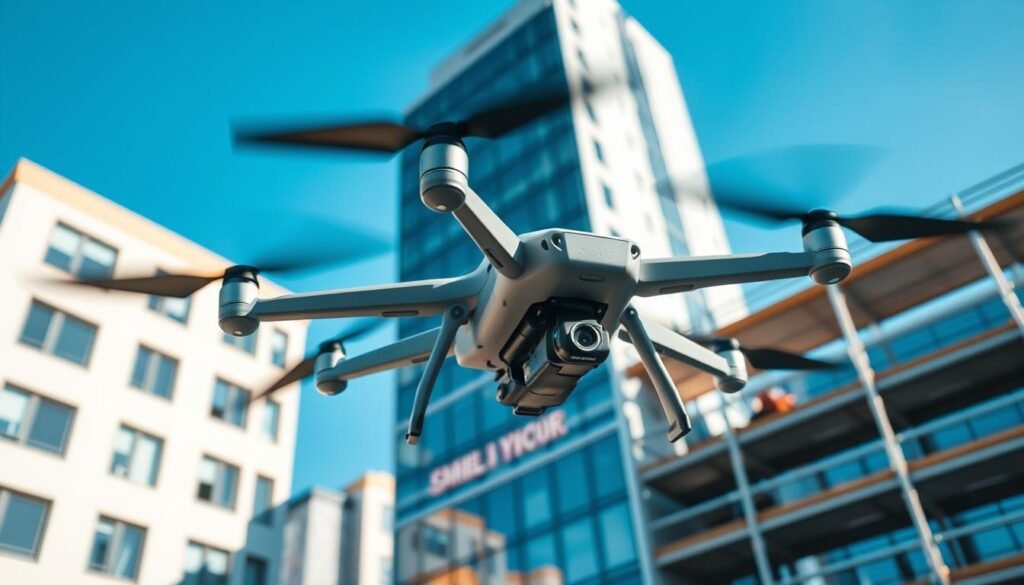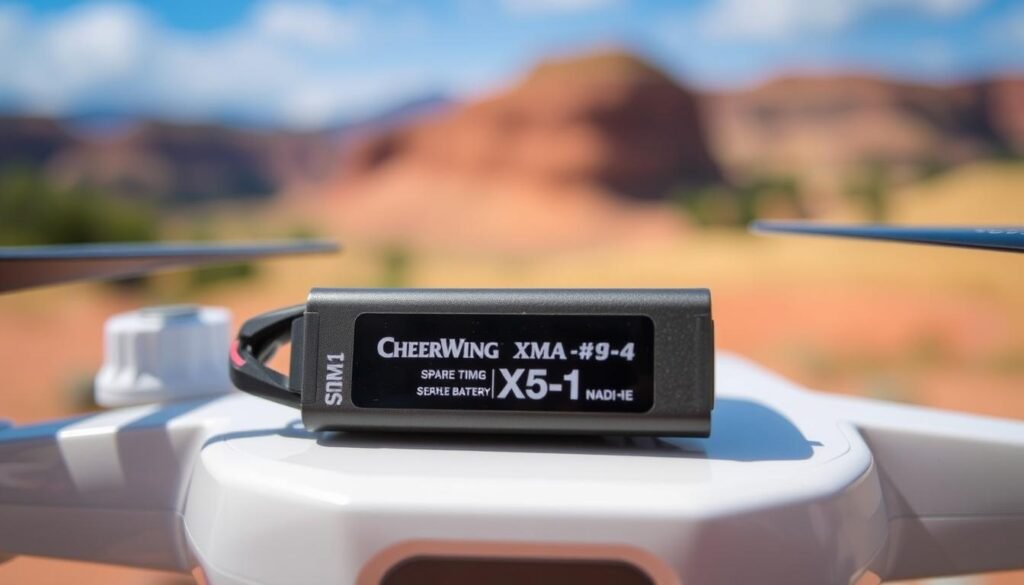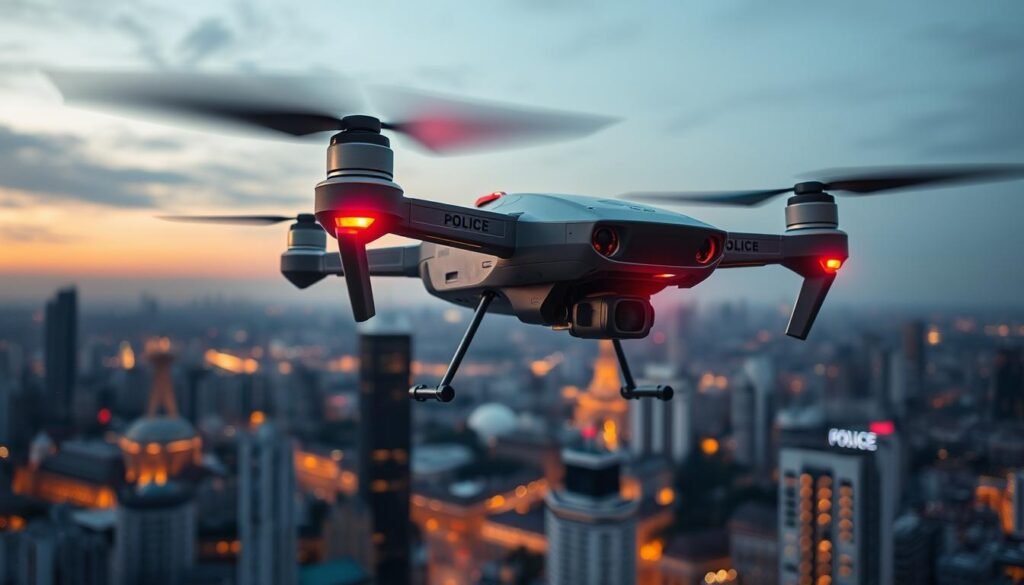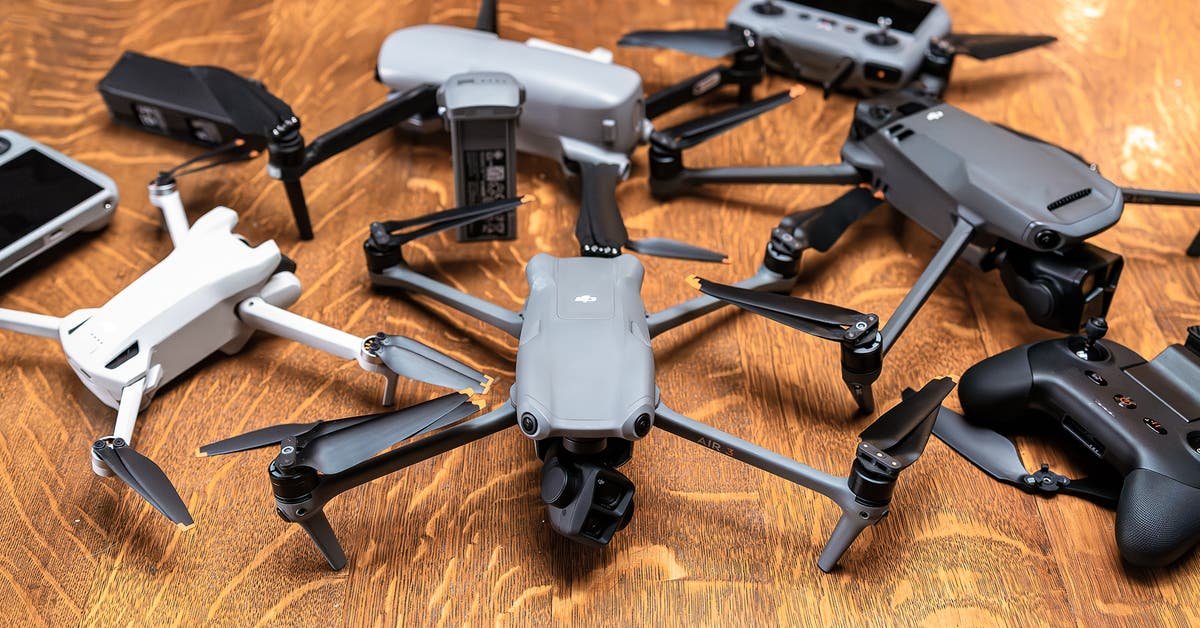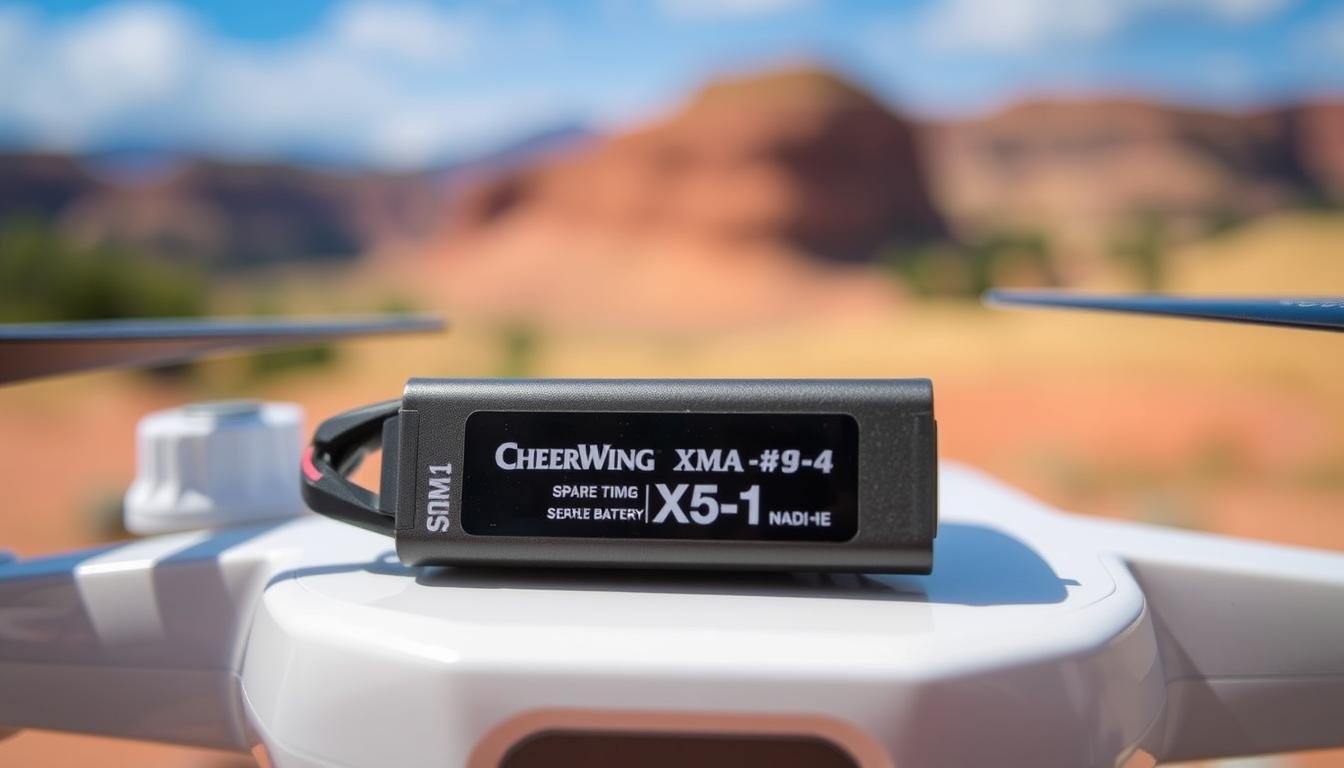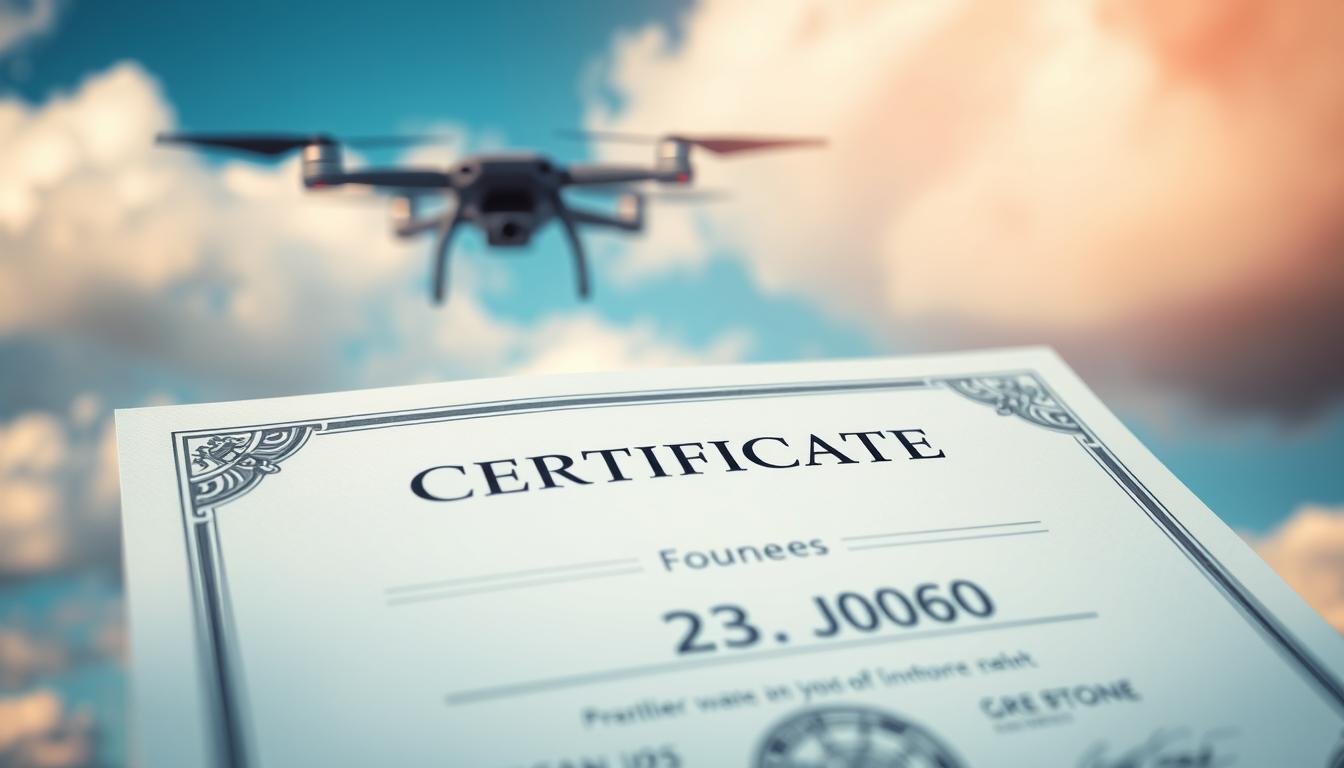As a construction pro, I’ve seen drones change building inspections. We no longer just look and guess. Now, we use drones for detailed, accurate surveys.
We gain fresh perspectives and insights from using a drone for building internal external surveys. These drones can detect structural flaws and leaks thanks to their advanced cameras and sensors. They assist us in creating intricate 3D maps and models to assess the condition of a structure.
Furthermore, drones for building internal external surveys equipped with thermal cameras can potentially be used to detect energy waste. They help us save money and energy by highlighting areas of a structure where heat is lost. As a result, buildings become more environmentally friendly and efficient.
.
Key Takeaways
- Drones offer unparalleled aerial perspectives for comprehensive building inspections
- High-resolution cameras and thermal imaging capabilities enable precise detection of structural flaws, moisture intrusion, and energy inefficiencies
- Drones provide accurate measurements and geo-referenced data for creating detailed 3D models and maps
- Thermal camera integration allows for in-depth energy efficiency analysis and identification of problem areas
- Drone technology revolutionizes the way we approach building inspections, improving efficiency and accuracy
Introduction to Drones for Building Inspections
Building inspection has changed a lot. It’s no longer just about sending people to hard places. The construction world faces big challenges in getting and sharing data. Drones are changing this, offering fast and accurate checks that get detailed pictures and data.
The Need for Efficient and Accurate Building Inspections
The construction world needs to keep buildings safe and affordable. Old ways of checking buildings are slow, hard work, and risky. Drones are changing this, letting pros do quick and precise checks.
The Rise of Drone Technology in Building Inspections
Drone tech has changed building checks a lot. Drones with good cameras and sensors can reach places humans can’t. They give detailed data and insights right away. This makes checks better, safer, and cheaper.
“Drone surveying can achieve a surveying efficiency of 120 acres per hour, representing a 60x improvement over traditional methods.”
Drone tech has changed the building inspection world. It lets pros make better plans and keep buildings safe with more ease and speed.
Types of Drones for Building Inspections
Choosing the right drone is key for building inspections. The best drone can give you important data. This includes high-precision mapping and thermal imaging. Let’s look at some top drones for this job.
DJI Matrice 350 RTK for High-Precision Mapping
The DJI Matrice 350 RTK is great for precise building inspections. It has a Zenmuse P1 Full-Frame Camera for centimeter-level accuracy. Its Real-Time Kinematic (RTK) technology ensures accurate positioning. It’s a leader in 3D mapping and surveying.
DJI Mavic 3 Thermal for Thermal Imaging
The DJI Mavic 3 Thermal is perfect for thermal imaging in building inspections. It’s light, weighing just 920 grams. Its 640 × 512 px thermal camera can zoom 56x. This helps spot temperature differences and energy issues.
Parrot ANAFI USA for Quick Deployment
The Parrot ANAFI USA is fast and easy to use. It’s ready to fly in 55 seconds. It has a 4K camera and can zoom 32x. It’s great for checking hard-to-reach areas.
| Drone | Key Features | Applications |
|---|---|---|
| DJI Matrice 350 RTK | Centimeter-level accuracy, Zenmuse P1 Full-Frame Camera | High-precision 3D mapping, building surveys |
| DJI Mavic 3 Thermal | 640 × 512 px thermal camera, 56x hybrid zoom | Thermal imaging for energy efficiency analysis |
| Parrot ANAFI USA | Flight-ready in 55 seconds, 4K camera, 32x zoom, 90° upward tilt | Quick deployment, inspecting hard-to-reach areas |
“Drones with thermal cameras change building inspections. They spot temperature differences and find energy issues.”
Choosing a drone for building inspections depends on the project’s needs. Look at camera capabilities, flight time, and safety features. Using these advanced drones, inspectors can get detailed data. This helps make better decisions and improve assessments.
drone for building internal external surveys
Applications of Drones in Building Inspections
Drones are now key for many building checks. They help with roof and facade inspections. They can get to places humans can’t, like high rooftops, without needing expensive gear.
Drones take clear pictures and thermal scans. They spot leaks, cracks, and where buildings lose heat. They’re also great for checking buildings’ structure and damage after disasters.
Benefits of Using Drones for Building Inspections
Drones bring many advantages to building checks:
- They can go where humans can’t, like high places.
- They map out buildings in detail, showing everything from the air.
- They save time and money, as they’re quicker and cheaper than old methods.
- They make the job safer, as inspectors don’t have to risk their lives.
| Drone Application | Key Benefits |
|---|---|
| Roof Inspection | Detailed aerial imagery, finding leaks and cracks |
| Facade Inspection | Reaching hard spots, thermal scans for energy use |
| Structural Assessment | Full visual check, spotting structural issues early |
| Disaster Assessment | Quick damage check, helping with recovery |
Using drones, inspectors work better, safer, and more accurately. This means they give their clients better, more detailed reports.
“Drones have changed building inspections. They let us reach places we couldn’t before and get detailed data for better decisions.”
Drone Payloads for Building Inspections
Drone technology has changed how we inspect buildings. These unmanned aerial vehicles (UAVs) come with special payloads. They can check a structure’s condition well, making things more efficient and accurate.
Two important payloads for building inspections are high-resolution cameras and thermal cameras.
High-Resolution Cameras for Visual Inspections
Drone-mounted high-resolution cameras help inspect a building’s outside and inside. They capture small details, like cracks and water damage. This lets inspectors see the building’s condition clearly.
Inspectors can understand a building’s state better. This helps them decide on maintenance and repairs.
Thermal Cameras for Energy Efficiency Analysis
Thermal imaging cameras are key for drone inspections. They find temperature changes in a building. This shows where energy is lost and where leaks are.
By using both visual and thermal data, inspectors find what needs fixing. This makes buildings more energy-efficient and saves money.
Drone technology with advanced payloads has changed building inspections. Drones can get high-quality data from hard places. This makes inspections cheaper and more efficient for keeping buildings safe and energy-smart.
“Drone surveys offer the capability to capture data from unmanned aerial vehicles to produce true to scale maps, drawings, orthophotos, models, and geospatial deliverables.”
Data Collection and Analysis for Building Inspections
Drones have changed how we collect and analyze data for building inspections. They capture aerial images and use photogrammetry to make detailed 3D models. These models can be added to Building Information Modeling (BIM) systems.
This lets inspectors and construction pros see detailed visual info on top of building plans. It helps them understand the building better and find problems faster.
Aerial Mapping and 3D Modeling
Drones can make detailed surveys and 3D models of buildings. These models have lots of useful data like accurate measurements and structural details. This data helps make assessments more accurate and planning easier.
Integration with Building Information Modeling (BIM)
Using drone data with BIM systems is a big improvement. It lets inspectors see the building’s condition clearly and spot issues early. This makes project management better, with smarter decisions and more efficient use of resources.
GIS Drones has done over 500 building inspections and flown for 3000+ hours. They have a 90% satisfaction rate. Their UAV Chief Specialist, Gobinath Chandramohan, has over 10 years of experience.
Drones and BIM together have changed building inspections. They make assessments more accurate and planning more efficient. This helps building pros make better decisions and improve their work for clients.
Regulatory Considerations for Drone Building Inspections
Using drones for building inspections requires following certain rules. In the United States, the Federal Aviation Administration (FAA) manages drone use. Drone pilots must get the right licenses, keep the drone in sight, and avoid flying over people or sensitive spots. Following these rules is key to using drones safely and legally.
The FAA’s Part 107 rules have changed to help drone use grow. They now make it easier to fly drones over people or at night. This change aims to make it cheaper for the industry to follow the rules.
But, drone rules can be complex. States and cities often have their own rules that might not match federal ones. For example, New York City needs a police permit for drone use. Washington DC has special rules that require FAA approval.
To follow the rules, building inspection teams need to keep up with new drone regulations, FAA guidelines, and safety compliance rules. This might mean getting special waivers, following visual line of sight rules, and dealing with changing rules at different levels.
Despite the challenges, drones are becoming more common in building inspections. They help reach hard spots and cut costs and risks of old methods. As drone tech improves and rules change, teams must stay alert to follow all rules. This ensures drones are used safely and efficiently.
Safety Protocols for Drone Building Inspections
Keeping both drone operators and the area safe is key when using drones for building checks. It’s vital to make sure drone pilots are well-trained and certified. This helps avoid risks and makes sure these missions go well.
Operator Training and Certification
Drone pilots need to learn a lot to fly safely, especially around buildings. They must know the rules of the air, how to control the drone, and what to do in emergencies. Having certified pilots is important for safety and professionalism.
Risk Assessment and Mitigation Strategies
Every drone mission starts with a detailed risk assessment. This helps spot dangers and plan how to avoid them. Steps might include setting up safety zones, having backup plans, and talking to local officials and others involved.
“Drone technology can be safer and cheaper than traditional manual inspections, but it’s crucial to have a well-trained team and robust safety protocols in place to ensure a successful outcome.”
By focusing on safety and following the best methods, drone building inspections can be very helpful. They can make things more efficient and improve the quality of the data collected. This leads to better decisions and projects.
Case Studies: Successful Drone Building Inspections
Drones have been used in many real-world building inspections. They help inspect roofs, facades, and hard-to-reach areas. This gives detailed images and data that’s hard to get with old methods.
These examples show drones’ benefits. They make inspections faster, safer, and more accurate. They also fit well into building inspection work.
Drone Inspections Driving Cost Savings
Companies save a lot by using drones for inspections. A big oil company saved $100,000 with the DJI M300 RTK and H20 camera. In the energy field, drones cut down on man-hours and downtime by over 75%.
Enhancing Inspection Data Quality
Drones give better inspection data, making assessments more accurate. For example, they collect solar panel data much faster than manual methods. Techniques like photogrammetry and LiDAR provide detailed aerial views.
Addressing Safety and Accessibility Challenges
Drones are great for safety and accessibility in inspections. They let people avoid dangerous sites during HazMat checks. They also inspect train station roofs and river structures without stopping work.
These case studies, drone building inspections, and real-world examples show drones’ big benefits. They save money, improve data quality, and make inspections safer. As the field grows, we’ll see drones used in more creative ways in building inspections.
Future Trends in Drone Building Inspections
The future of drone building inspections is bright. New drone tech and AI/ML are changing the game. We’ll see better flight times, more payload, and advanced sensors. This means inspections will be more efficient and accurate.
Advancements in Drone Technology
Drone tech lets us gather and analyze data without a pilot. They can cover more ground than old methods. Drones help in many areas like transport and real estate.
They collect data and reach places humans can’t. With LiDAR and cameras, drones can make 3D models. This is great for measuring and monitoring sites.
Integration with Artificial Intelligence and Machine Learning
AI and ML make data analysis faster. This helps construction teams make quicker decisions. AI and drones together offer insights and automate tasks.
Drone inspections improve project costs, quality, and time. They’ve helped in big projects like the Grassy Sprain Reservoir. Training and adapting processes are key to using drones well.
Drone tech is changing logistics and services. It makes things more efficient and cheaper. The Optimus System is a big step forward in drone tech.
The future of drone building inspections is exciting. New tech and AI/ML will change construction and maintenance. We’ll see more efficiency, accuracy, and savings in the future.
Conclusion
Drone technology has changed the building inspection world a lot. It gives us amazing views from above, clear pictures, and lots of data. This makes drones very useful for checking buildings and managing projects.
Using drones helps find problems and save time and money. It also keeps people safe and helps make better choices with all the data. As technology gets better, drones will do even more for us.
Finding the right drone service is key. Working with a trusted company like DJM Aerial Solutions is important. It makes sure projects are safe, cost-effective, and done right.
Drone inspections bring new levels of efficiency and accuracy. They help us build better and more sustainably. This is the future of building and construction.


